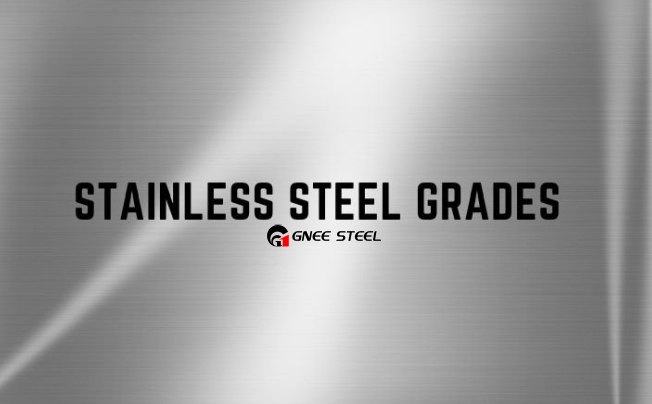Common Types of Stainless Steel Plates
There exist several common types of stainless steel grades, each with its distinct properties and applications. These include:
Austenitic Stainless Steel
Austenitic stainless steel, renowned for its exceptional corrosion resistance and high ductility, is the most widely used type of stainless steel. Also, they possess a non-magnetic nature.
Therefore, austenitic stainless steel grades find widespread application in industries such as food processing, chemical processing, pharmaceuticals, and storage.
Examples of austenitic stainless steel grades include 304, 316, and 321.
304: is a universal model. The standard composition is 18% chromium plus 8% nickel. And it is non-magnetic. But when the impurity content is high, it will occasionally show weak magnetism after processing. This weak magnetism can only be eliminated by heat treatment.
316: is the second most widely used stainless steel type after 304, which adds molybdenum to obtain a special corrosion-resistant structure. Because it has better resistance to chloride corrosion than 304, it is also used as “marine steel”.
321: Similar to 304 except that the addition of titanium reduces the risk of weld corrosion.
Ferritic Stainless Steel
Ferritic stainless steel boasts high resistance to stress corrosion cracking and exhibits magnetic properties. And they can offer commendable corrosion resistance and high-temperature strength.
Therefore, automotive applications, architectural structures, exhaust systems, utensils, and kitchen appliances frequently employ ferritic grades.
Prominent representatives of this category include 430, 439, and 446.
430: the standard chemical composition is 16-18% chromium and low carbon content. It also has magnetic properties. good formability, but poor temperature resistance and corrosion resistance, suitable for fasteners, tableware, and furniture items.
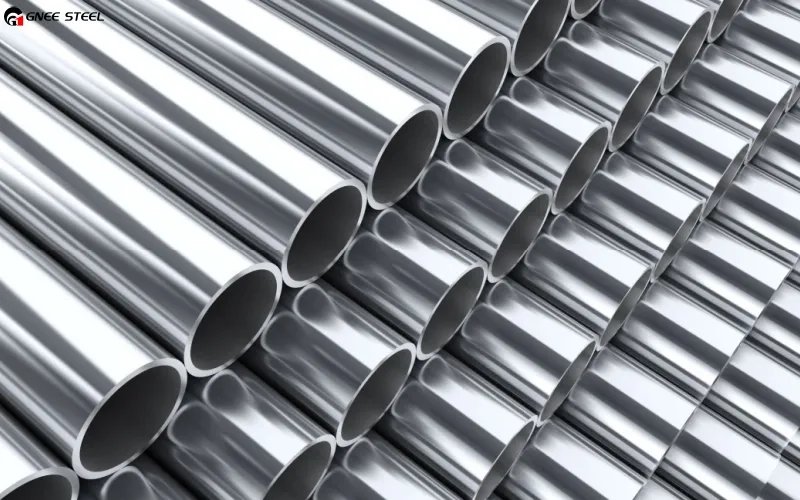
Martensitic Stainless Steel
Martensitic stainless steel is celebrated for its high strength and hardness. With a body-centered tetragonal crystal structure, they can be hardened through the process of heat treatment. Therefore, martensitic grades find favor in applications necessitating good wear resistance and moderate corrosion resistance. Cutlery, surgical instruments, valves, pump components, and turbine blades are a few examples of their common uses.
Noteworthy martensitic stainless steel grades include 410 and 420.
410: the chemical composition contains 13% chromium, less than 0.15% carbon, and a small amount of other element alloys. It has good wear resistance, poor corrosion resistance, and magnetic properties, and can be hardened by heat treatment.
420: contains higher carbon, thus having higher hardness and strength. It is a cutting-edge martensitic stainless steel.
Duplex Stainless Steel
Duplex stainless steel combines the benefits of austenitic and ferritic stainless steel, offering high strength and excellent corrosion resistance. Industries such as oil and gas, chemical processing, desalination plants, and marine applications find great utility in duplex grades.
Common examples include 2205 and 2507.
Precipitation Hardening Stainless Steel
Precipitation hardening stainless steel offers a unique combination of high strength and corrosion resistance. These grades can be subjected to heat treatment to attain even greater strength levels. Aerospace components, high-performance springs, defense, and nuclear power industries frequently employ precipitation-hardening grades. Noteworthy representatives encompass the likes of 17-4PH and 15-5PH.
630: regarded as the most commonly used precipitation hardening stainless steel, also called 17-4 (17% Cr and 4% Ni).
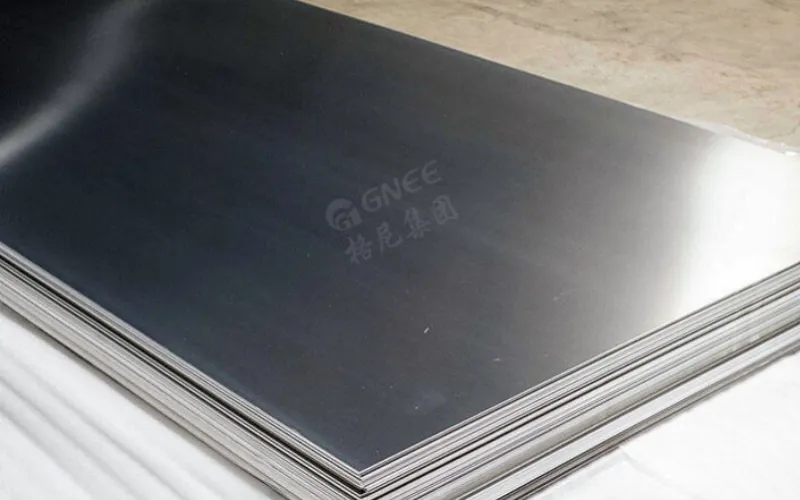
Factors to Consider When Choosing Stainless Steel Grades
When selecting the grade of stainless steel for a specific application, several factors should be considered:
1. Environmental Conditions: the environmental conditions, such as exposure to corrosive substances or high temperatures, should be taken into account.
2. Required Mechanical Properties: the desired mechanical properties, such as strength, hardness, and ductility, should align with the application’s requirements.
3. Cost and Budget: the cost and budget constraints play a crucial role in selecting the appropriate stainless steel grade.
4. Availability and Lead Time: the availability and lead time of the chosen stainless steel grade should be considered to ensure timely production and delivery.
5. Regulatory and Certification Requirements: specific industries may have regulatory or certification requirements that dictate the use of certain stainless steel grades.
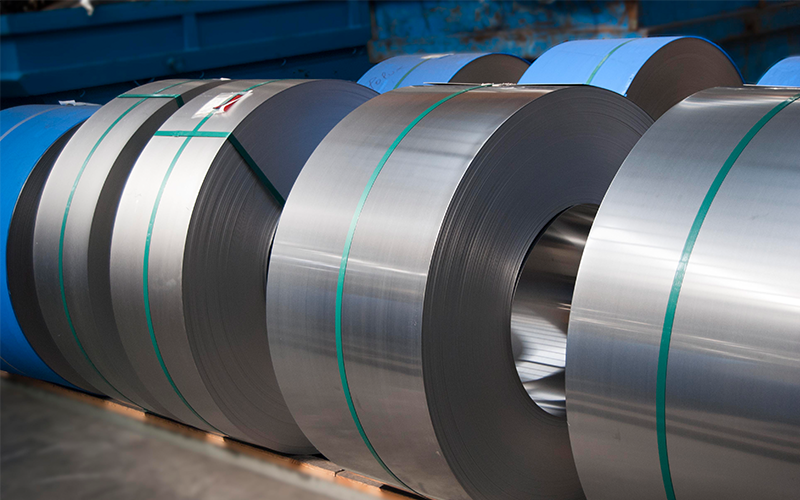
How To Name Stainless Steel Grades?
Generally speaking, there are two ways to name stainless steel grades. Let’s see below.
1. International Chemical Element Symbols + Arabic Numerals
It means, we can use worldwide chemical symbols to represent chemical components, and use Arabic letters to represent the content of chemical components. For example: 022Cr19Ni10 (GB-China).
2. Use Fixed-digit Numbers
We can use fixed-digit numbers to represent stainless steel series or numbers, such as 200 series, 300 series, 400 series, and 600 series.
As for the specific number, we can take ASTM 304 as an example:
ASTM represents American Standard. In “304”, the first digit represents the stainless steel series — 300 series and the second and third digits represent the sequence number. And “L” in 304L means low carbon.
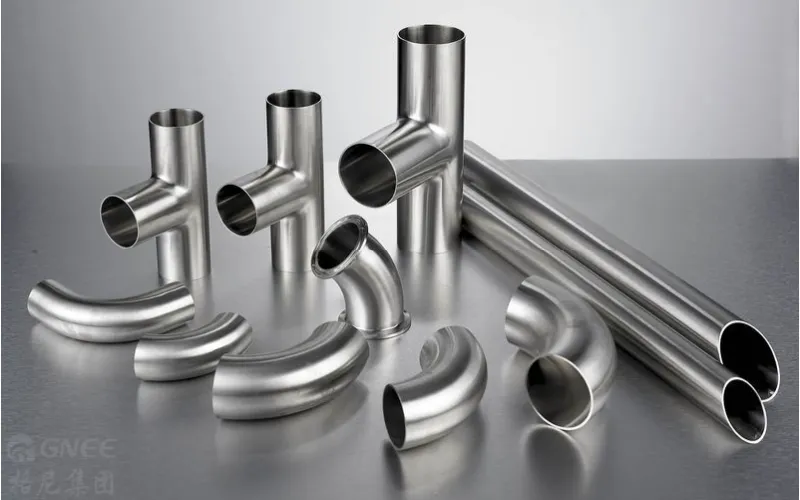
In Conclusion
Understanding the different types of stainless steel grades and their specific properties and applications is of utmost importance. These grades determine the corrosion resistance, strength, and heat resistance of stainless steel, making them suitable for various industries and environments. This is helpful for you to choose the right kind of stainless steel for your stainless steel products in your environment. Learn more about stainless steel by contacting our service team: Whatsapp: +8619949147586.


